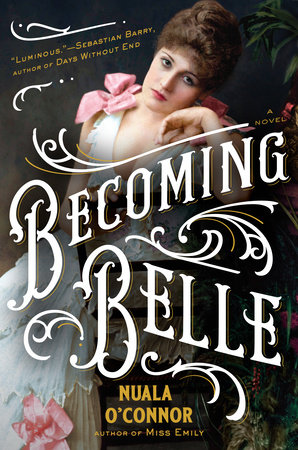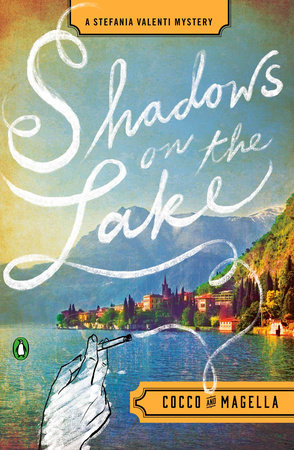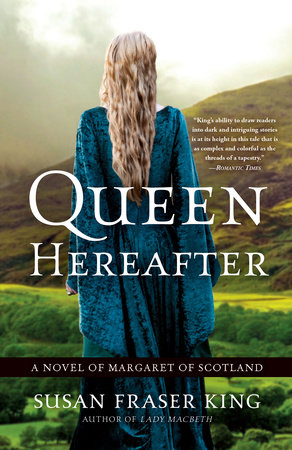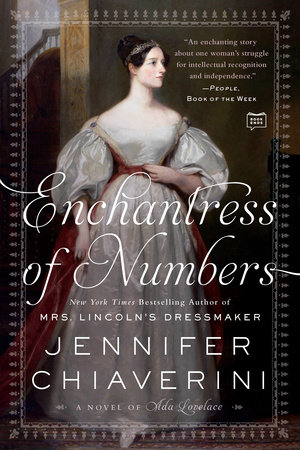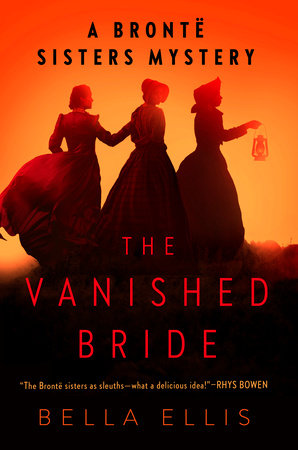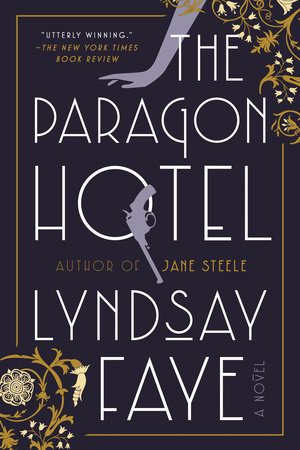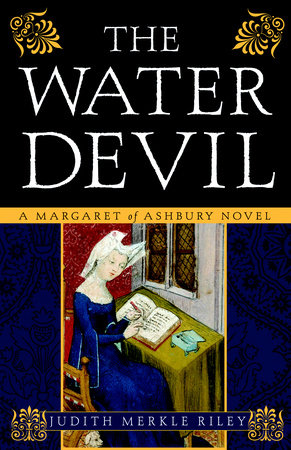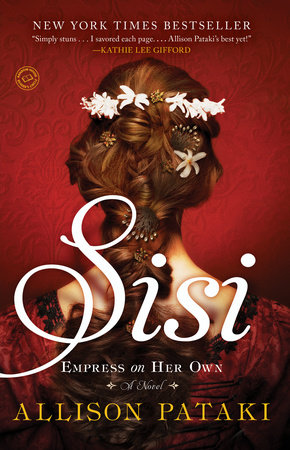A Conversation with Nuala O’Connor
How did you first learn about Belle Bilton?
I moved to Ballinasloe, a market town in County Galway, Ireland, in 2005 and, in researching the history of the area, I came across the story of Belle Bilton who had lived there. Garbally Court, William’s family home, is one of the surviving houses of the landed gentry in Ireland—many of the Big Houses were burnt down during the Irish Civil War in 1922–23. Belle and William were the last earl and countess to occupy the seventeenth-century house, which is now a Catholic boys’ school. The house’s courtyard of stables are converted to classrooms, and I happily drive the tree-lined avenue to Garbally most days to drop my son to school and admire Belle’s former home.
When I first heard of Belle, I became fascinated with the notion of a beautiful young dancer/actress swapping the delights of London for life in rural Ireland and, by all accounts, thriving. Initially, as I did with my novel about Emily Dickinson, Miss Emily, I wrote a poem about Belle—a fairly poor villanelle. I became a founding member of an artists’ collective in Ballinasloe —Group 8—and we did a joint project on Garbally and its land. I wrote a flash fiction in Belle’s voice and exhibited it at our annual exhibition as a photo montage of a picture of Belle with some of the text. But Belle Bilton demanded a bigger canvas. As she is buried in the grounds of Saint John’s Church, which I can see from my house, on my daily walk I passed her grave and greeted her. I wondered what series of events had brought her to Ballinasloe and that became the story I was interested in telling.
How much of the novel is true history, and how much is your own invention?
Most of the known facts about Belle pertain to the court case, and so I had to make decisions about the whys and wherefores of her choices around her relationships. Some of the decisions she made seem bold and brave, particularly for the Victorian era, so I had to give her a personality to match her endeavors. Most of the players are based on real people, though I invented the foster mother, Sara, for fictional purposes, and the midwife who attends Belle after the birth of baby Isidor.
William’s actions, down to being accompanied on his trip by the wonderfully named Godley Robinson, are true. He was a man of contradictions, it seems.
There is no hard evidence to suggest that Isidor Wertheimer was gay, but it suited my purposes. In reality, Belle was walking a very thin line; but she was, as the judge said, a bohemian and she acted accordingly.
My fictionalizing also includes: Belle’s fondness for gin, as instigated by Weston and her love of sweet things. Her visit to Weston in gaol is a fabrication, as is the birthing scene where Wertheimer delivers the baby. Belle’s fraught relationship with her mother is speculation, too. Also Belle’s eventual ambivalence about baby Isidor and her subsequent abandoning of him. The time line of her name change is also my invention.
What kind of research did you do to write Becoming Belle?
The British Newspaper Archive was an invaluable resource, and I spent hours trawling through articles about Belle and the Clancartys. I read social histories of Galway and of the Irish gentry and many, many books about Victorian England and London.
I went to England twice, going to Aldershot to see where Belle lived as a child and to Heathfield, where Sara, the foster mother of my imagination, lived. I also went to the National Archives at Kew in London to see the divorce petition (signed by William) and the couple’s marriage certificate. I visited the National Portrait Gallery’s archives, where they allowed me to view photos of Belle that I had not seen before. I also ate at the Café Royal, one of Belle’s favorite haunts, and went to Conduit Street, where Belle once lived.
As I researched Belle, I gathered ephemera: Ogden’s Guinea Gold and Wills’s cigarette cards featuring Belle; a cabinet card with the caption “Lady Dunlo” by society portrait photographer Alexander Bassano; a page from The Harmsworth Magazine which has a picture of Belle by Bassano; a carte de visite depicting a risqué, corseted Belle by W. & D. Downey (Belle tried to suppress at least one of these more provocative images by breaking the negative); and a cigarette card for Player’s showing Garbally Court.
I also bought a Victorian mother-of-pearl and abalone card case (of the type Belle uses in the novel); and a mermaid vesta case, which I made William’s. My most exciting purchase is a Victorian gold fob that has the Trench motto as the seal—it certainly belonged to a member of the family, and it’s not too much of a stretch to think that it may have been William’s.
I have collected pictures of these objects, as well images of Belle, period food and fashion, on a Pinterest board about Belle: https://www.pinterest.com/nualanic/belle-bilton/.
How did you decide what parts of Belle’s life you wanted to include in the novel? Were there any true-life stories that didn’t make the cut?
I wanted to show her progression from artillery man’s daughter to countess and all the obstacles she managed to surmount to get where she wanted to be.
Yes, I did cut certain things: Belle actually went to Paris with Wertheimer, and she owned a large dog, not a canary; but as a writer, you have to make choices about what to include and what to leave out, so that your story is best served.
Belle is such a spirited and independent woman! What inspired you to write a novel about her life?
I became fascinated with the notion of this beautiful English dancer/actress swapping heady London for sleepy rural Ireland. Of course, when I looked into it, there was so much more to Belle’s life than what one could see on the surface. The more I discovered, the more I realized her life was unusual for her era and that she survived many blows.
What do you think today’s readers can learn from Belle? Would you consider her an early feminist?
Yes, she is definitely a proto-feminist. She wanted to progress, to throw off her early life and become “someone”; she wanted to be seen and heard. She worked hard for financial independence. She clearly loved William and enjoyed a good marriage with him. Belle managed all that despite quite a few missteps. I love her guts and determination. We all need to have a bit of that. She’s so relevant today when women are still shouting to be heard but, it seems, some small progress is being made in what is still a man’s world.
Belle and her sister Flo are wonderfully close. Do you have a sister? What was it like to write the depiction of their relationship?
I have four sisters, though my closest sister, Nessa, died of cancer some years ago. We had a relationship like Belle and Flo’s: frank, open and supportive. The communication between sisters is different—there’s so much shared history, language and familial influence that the bond is tight and honesty is 100 percent allowed. I loved writing the scenes with Belle and Flo—sisterly banter is a joy to write.
In the novel, Belle’s role as a mother is complicated. Why do you think Belle decided to have Isidor raised elsewhere? Do you think Belle considers herself a good mother? How do you feel about her choice?
Mothers are as complicated as the next person, and I wanted to show that. We are not all paragons of endless, devoted love. Sometimes we feel ambivalent and trapped. Belle did not fall into motherhood in a positive or socially acceptable way; she had to find ways to deal with that and, it appears, she did. She couldn’t look after a child with the hours she kept as an actress.
I didn’t want, ever, to judge Belle. I’m a loving mother who has crazy days. My first child was not born into ideal circumstances. I have great sympathy for Belle—she defied societal norms but had to pay for that in various ways. She went on to be a devoted mother to five more children; she endured tragedy when one of her twins died. I’m sure it wasn’t easy to walk away from baby Isidor but, it seems, that society decreed that it must be that way.
In the novel, William’s father helps him sue Belle for divorce. Was this common at the time? How much of the court case is real?
The court case plays out as it happened, apart from the scene where William challenges his father in court—that’s invention. I read a lot of newspaper reports of the case—many conflicting—and pieced it back together using various accounts.
I doubt it was a common occurrence for a father to sue on an absent son’s behalf. The earl was thinking of his family’s reputation and he wanted to protect it, even if it meant lying in court.
How do you feel about the real-life William? Do you have a favorite man in Belle’s life?
He was young, rich, idle and irresponsible, as were many of his class. I was shocked when I first realized what he had done to Belle—it seemed so callous—but I think he was put under enormous pressure by his father, and he was very conflicted. I like William, for his good and his bad; we’re all a conglomeration of things, we all take wrong turns—his mistakes were made public, that’s all.
I am very fond of Isidor Wertheimer. As I have written him, he’s the best friend we all want: supportive at all the right moments, and honest when honesty is what is required. He’s also a snappy dresser and he loves antiques, things I’m passionate about.
In the novel, Belle is very close to her canary, Pritchard. Was there a real Pritchard? Are there any cherished animals in your own life?
Belle actually had a large dog, a Saint Bernard, it’s reported. When I gave Belle a canary, I bought one of my own (also called Pritchard, though when she laid an egg, it seemed I’d been sold the wrong gender!). I felt I had to learn about canaries if I was going to write one into my story. Belle names Pritchard after a murdering doctor of that name who was hanged in the 1860s. Sadly, my own little Pritchard died earlier this year. But her companion, Hermione, lives on; she, of course, has turned out to be a boy…
We also have two beloved cats: a crabby, white Angora called Pangur Bán and a lovable, one-eyed, black and white cat called Nora Barnacle.
While the novel ends after the court case, the real Belle Bilton of course lived on. Can you tell us a bit more about her life after the curtain drops in Becoming Belle? What happened to her?
Belle lived at Garbally Court with William, as the fifth Countess Clancarty. It’s said locally that she was a great favorite with the ordinary people of the town: she threw picnics on the lawn at Garbally for the local children. She had five children with William: twins first, Richard and Power, then a girl called Beryl, and two further sons, Roderic and Greville. Power died at just two years of age in 1894, and Belle herself died at thirty-nine of cancer and is buried in Ballinasloe. Her father-in-law had refused to be buried in the family crypt at Saint John’s, Ballinasloe, fearing he would be in there beside Belle, “the peasant countess.”
Interestingly, Beryl’s second name was Franziska, which was Isidor Wertheimer’s mother’s name. So Belle was still paying tribute to her friend even after he died.
Belle’s eldest son, Isidor Weston, ended up in the Canadian army and died in America in 1968. It seems his father, Alden Carter Weston, changed his name to Douglas Hale, then later to Douglas Alden. He was prosecuted and imprisoned for fraud at least twice more in the early 1900s.
In 1906 a breeder in the United States named a horse Belle Bilton, one of those odd, amusing things that happens when people gain notoriety. (I like the fact that a grandmother of the mare Belle Bilton was called Slander.)
